How long do cockatiels live?
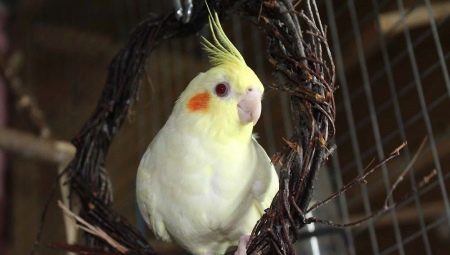
Every pet needs care. But in the conditions of city apartments and when busy at work, modern people do not always have the opportunity to properly care for animals. Therefore, the choice often falls on birds, namely parrots, which do not require increased attention. The cockatiels (a species of the genus Nymphicus of the Kakadu family) are very popular, they are not very large and have an attractive appearance.
Some do not want to have pets with a short lifespan, and representatives of this species of parrots can live with their owners for a long time.
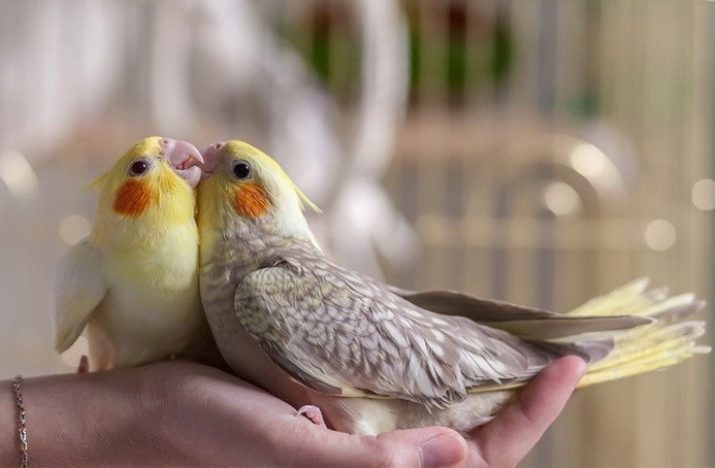
How to determine the age of a parrot?
When purchasing a pet, it is important to imagine how young it is, since an old bird will most likely not live long. And the features of the content of parrots of different ages are somewhat different. To make the right choice, you need to pay attention to several signs.
- It is logical to assume that the smaller the cockatiel, the younger in age. Of course, a parrot grows significantly during its life (up to 30–33 cm), and this must be taken into account. But sometimes the small size of a bird is, unfortunately, a consequence of underfeeding and improper development, so you should not rely only on this criterion when determining age.
- The objective indicator is the parrot's eye color. In young cockatiels, the iris is very dark, almost black. Their eyes, like those of people in their youth, literally shine. With age, the shine is somewhat lost, the eyes become dull, the iris brightens.Cockatiels with mutational plumage coloration (lutino, sheki and others) may have a red tint of the eyes, therefore, in such parrots, at a young age, the iris is dark crimson, in old age it becomes pink.
- It is necessary to carefully examine the crest on the head. In adult cockatiels, feathers in it are long and curved. In juveniles, the crest is short and sparse. If you gently feel the bird's head with your fingers, in this place you can find the rudiments of feathers in the form of small dense growths.
- The appearance of the beak, especially the beak, is also different for parrots of different ages. The beak of a young cockatiel is light with a pink tinge, the beak is also pinkish. She herself and her nostrils seem disproportionately large. As the parrot grows, this ratio changes. In an adult cockatiel, the beak has a dark color, it is much larger, the wax becomes light gray and does not catch the eye.
- The legs also need to be examined. The skin on them in young birds is rather smooth, the scales are almost invisible. The older the parrot, the more detachments and cracks on the legs. It should be noted that this may also indicate the presence of fungal diseases. A bird with such symptoms should not be purchased, especially if there are several pets, since the infection spreads very quickly.
- The claws on the feet can also serve as an indicator of age. In old parrots, they are dark in color and rather long, since during their life the birds are rarely given the opportunity to walk on a hard surface, grinding them.
- When buying young cockatiels, future owners are often repulsed by the untidy appearance of the parrot. But this, as a rule, shows more accurately than other signs that in front of you is a chick, which, perhaps, has not yet finished its first molt, and it does not know how to properly care for itself.
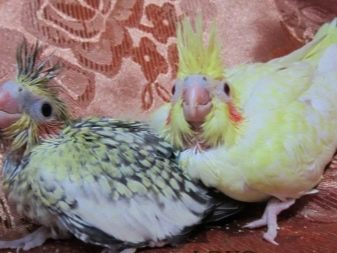

How many years do they live at home?
In nature, cockatiels are by no means long-livers. Their average life expectancy is 10 years. This is influenced by stress factors: predators, unfavorable weather conditions. In captivity, but at home with a caring owner, the birds are spared from this, so they can live much longer. The average figure is 20 years, but there are cases when cockatiels lived up to 25 and even up to 30 years.
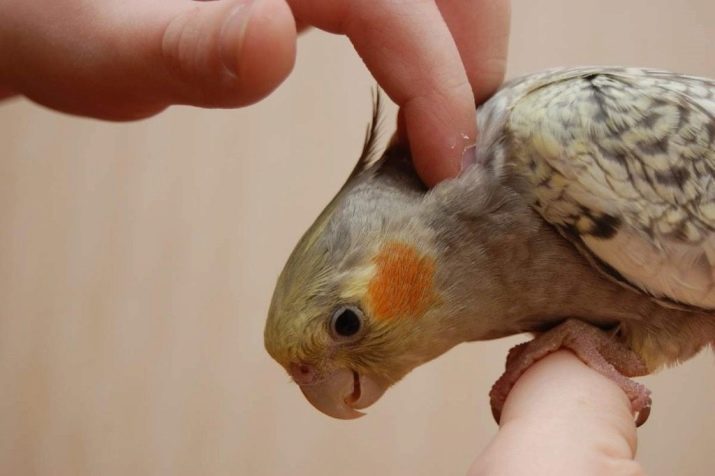
Factors affecting life expectancy
Genetics cannot be discounted. The offspring of weak parents are unlikely to be healthy and live long. And also an important factor is the sex of the pet. The average life expectancy in males is higher than that of females, and there are objective reasons for this.
- If parrots are kept in pairs, they have the opportunity to realize the reproductive instinct and produce offspring. Such a variant of existence for birds is, of course, more harmonious, but laying eggs takes a lot of strength from the female and cannot but affect the life span. Sometimes this process is so long and exhausting that she literally gets sick.
- If the female lives alone, it still does not relieve her of hormonal surges. Moreover, even without a male, cockatiels lay eggs, only they are empty.
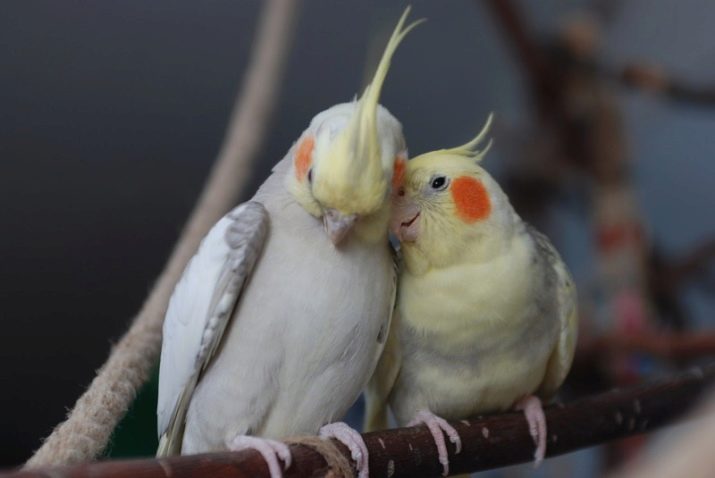
Of course, at home, proper care will be the key to the longevity of a pet, we will talk about this in more detail later. But there are other factors that sometimes cannot be influenced.
If the owner does not have bird breeding plans, it is better to keep one male. But it should be noted that young cockatiels often make mistakes in determining the sex, so you have to rely on chance.


How to properly care for birds?
For any pet to be healthy and live longer, it is important to create a microclimate close to its natural habitat. Corella in this sense are no exception.
- Free space. Free movement is important for birds. They need a fairly large cage, for one parrot - at least 60x60x80 cm.It should have crossbars at different heights so that the cockatiel can fly from one to another. It is also advisable to ensure the possibility of free flight around the room, while curtains of the windows to avoid injury to the bird.
- Temperature conditions. Cockatiels are thermophilic, but at normal room temperature (+ 21– + 23 ° C) they feel comfortable. If the room is colder, you need to take care of heating the cage. Parrots need fresh air, so the room needs to be ventilated regularly. But here it is important not to overdo it, you should not leave the cage with the pet in a long draft.
- Humidity. It should be borne in mind that in nature, cockatiels live in the near-water zones of Australia, therefore they are very sensitive to humidity. The optimal indicator for them is about 60%. And if in the room you have to use heating devices that dry the air, it is worth purchasing special humidifiers.
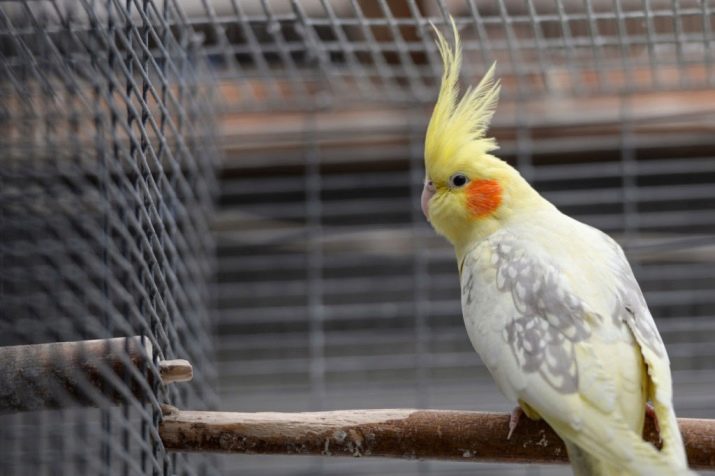
In addition to these factors, nutrition plays an important role. It should be said right away that food "from one's own table" is categorically unsuitable for parrots. Their diet should be based on cereal mixes, which are best purchased at pet stores.
You can add fruits and herbs as vitamin components, but in small quantities and introduce them gradually. The daily amount of food should be 1.5-2 tablespoons, depending on the size of the bird. And you also need to monitor the presence of fresh water in the drinking bowl.
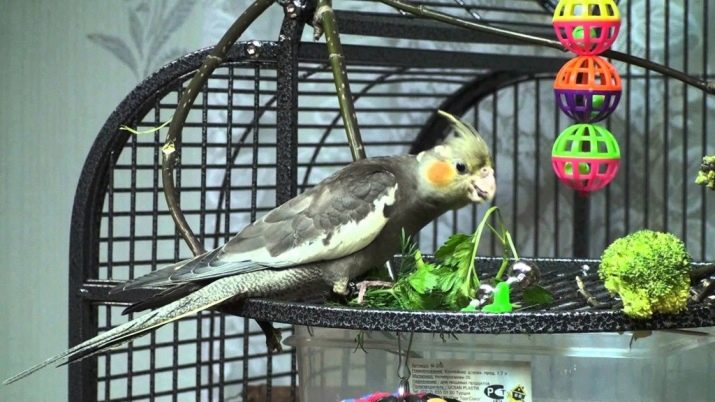
Hygiene is very important for the health and long life of parrots. To make it easier for yourself to clean the cage, you need to take care that it is equipped with a retractable tray. As a bedding, you can use special fillers for birds or ordinary paper napkins.
Toys and other items in the cage should be washed periodically. It is also important to be attentive to the pet, since parrots often die due to an oversight of the owners: from hitting the glass, from an electric current when a cable is cut with a beak, or from poisoning. Stressful factors such as loud noise must be eliminated. And also cockatiels need communication, at least minimal, especially since they are quite easy to tame and are even capable of responding to an appeal with a few memorized words.
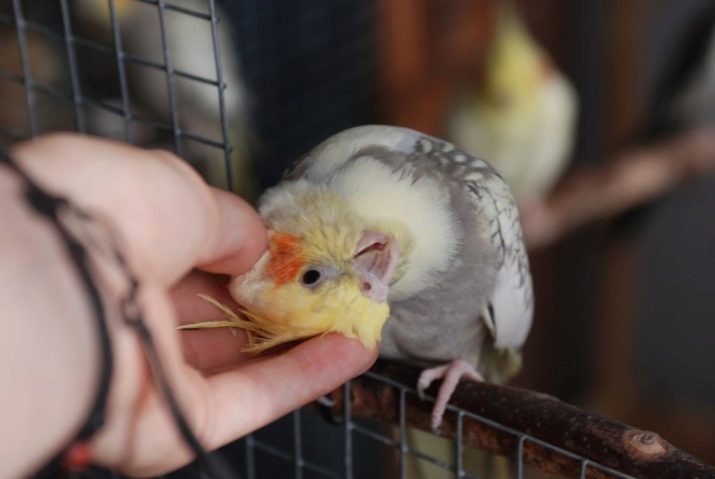
You can learn more about cockatiels from the video below.








